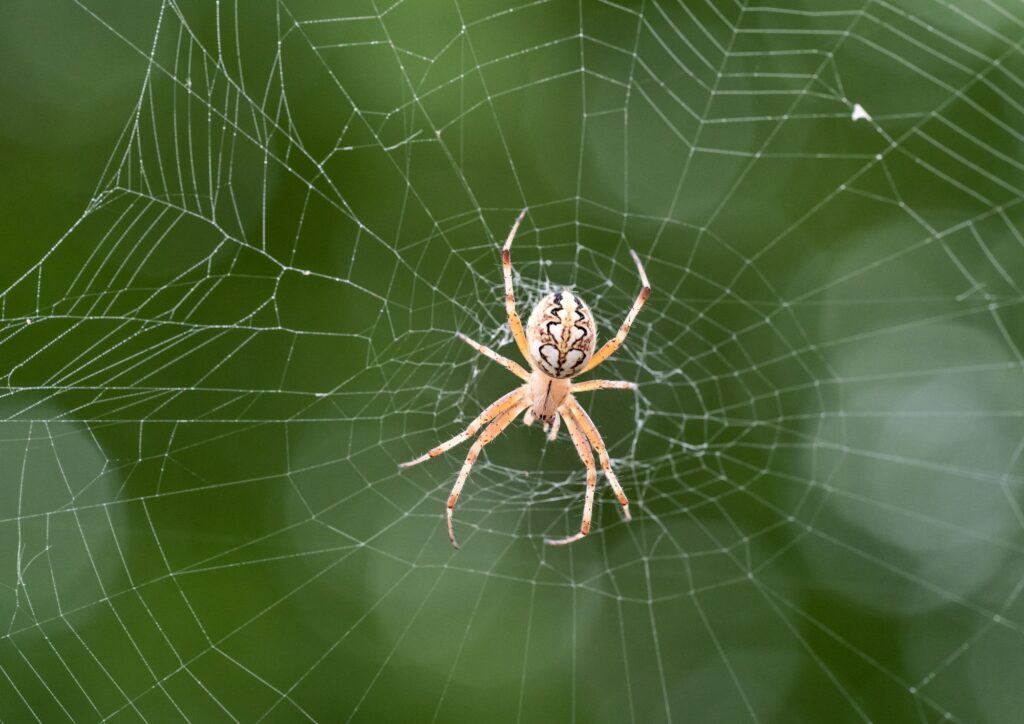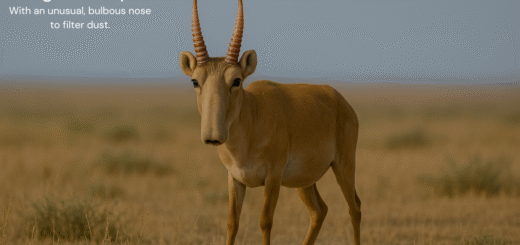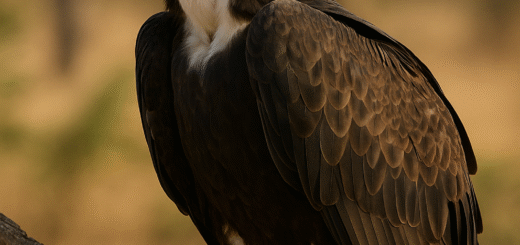Survival in the Harshest Places: How Spiders Thrive in Extreme Environments
Masters of Adaptation
Spiders are often associated with quiet corners or garden webs—but did you know they also inhabit some of the world’s harshest environments? From scorching deserts to frozen tundras, spiders have evolved to survive and even thrive in places where most life struggles.
In this article, we’ll explore how spiders adapt to extreme temperatures, dry landscapes, and low-resource environments. Get ready to meet nature’s silent survivors.

1. Desert Dwellers: Beating the Heat
Habitat: Sahara Desert, American Southwest, Australian Outback
In blistering heat and bone-dry conditions, desert spiders like the Six-eyed Sand Spider and Camel Spider have evolved incredible survival tools:
- Nocturnal behavior – They hunt at night when temperatures drop.
- Burrowing – They hide in sand or beneath rocks to stay cool and avoid predators.
- Water retention – Their bodies are designed to minimize water loss, with waxy exoskeletons that prevent dehydration.
Fun Fact: Some desert spiders can go months without eating or drinking, relying on stored nutrients and minimal movement to survive.
2. Arctic Survivors: Life Below Freezing
Habitat: Alaska, Siberia, the Arctic Circle
Think spiders can’t survive in freezing temperatures? Meet the Arctic Wolf Spider, a cold-climate champion.
- Antifreeze proteins in their bodies prevent ice crystals from forming inside their cells.
- Hibernation-like states allow them to survive long, cold winters.
- They live in insulated burrows under snow or soil, where temperatures are more stable.
These spiders don’t just survive the Arctic—they thrive, hunting small insects and contributing to fragile northern food webs.
3. High-Altitude Hunters
Habitat: Himalayan slopes, Andes Mountains, mountain forests
At high altitudes, spiders like Himalayan Jumping Spiders live at elevations above 22,000 feet (6,700 meters)—among the highest dwelling animals on Earth.
- Short, stocky legs help them withstand strong mountain winds.
- They feed on small flying insects blown upslope by air currents.
- Their metabolism slows in cold temperatures, reducing energy needs.
They may look tiny, but these spiders are true mountaineers, surviving where oxygen is thin and temperatures plunge.
4. Underwater Web Weavers
Habitat: Ponds, swamps, and marshes
The Diving Bell Spider (Argyroneta aquatica) lives entirely underwater—the only known spider to do so!
- It builds a silk “diving bell” filled with air trapped from the surface.
- This bubble acts like a gill, allowing it to breathe underwater.
- It hunts aquatic insects and even small fish larvae.
Its spider silk is water-resistant and uniquely structured for underwater living—a marvel of arachnid engineering.
5. Caves and Darkness: Adapting to No Light
Habitat: Deep caves in Asia, Europe, and the Americas
Spiders that live in caves—like the Troglobite Spiders—spend their lives in complete darkness.
- Many are blind or have reduced eyesight.
- They rely on vibrations, touch, and chemical signals to hunt and navigate.
- Their bodies tend to be pale or colorless due to the absence of light.
These spiders are incredibly specialized, often found only in one cave system, making them rare and sensitive to environmental changes.
Why It Matters: What We Can Learn from Spiders
Studying how spiders survive in extreme environments helps scientists:
- Understand evolution and adaptation
- Discover new biomaterials like silk or antifreeze proteins
- Create innovations in engineering, medicine, and robotics
These eight-legged survivors aren’t just amazing—they’re inspirations for human technology.
Conclusion: Small Creatures, Big Survivors
Spiders may be small, but their ability to adapt to harsh environments is nothing short of incredible. From baking deserts to frozen tundras and underwater habitats, spiders are quiet champions of survival.
So the next time you see a spider, remember—it may be built to survive conditions you can barely imagine. That’s the power of nature’s ultimate survivor.








